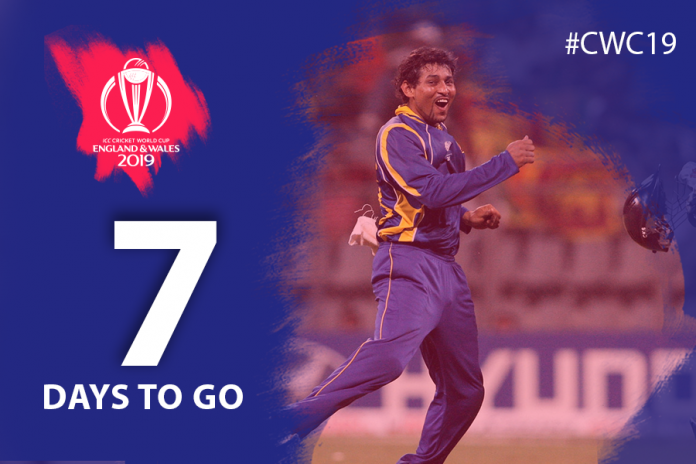Colombo has four Test grounds – SSC, The Oval, CCC and RPS and not many cities in the world can boast of that many grounds that have hosted international matches.
Bombay comes close having got three Test venues. The Gymkhana hosted the first ever Test match in India in 1937 against England. After two decades, Cricket Club of India started hosting Test matches in India’s cricket capital. Angelo Mathews would remember Cricket Club of India, as it was here he was dismissed on 99, missing a maiden Test hundred – run out testing Sachin Tendulkar’s arm in 2009. The Wankhede of course hosted the 2011 final and most Sri Lankans are familiar with the ground. India’s third Test ground first hosted a Test match in 1975.
>>ICC Cricket World Cup 2019<<
During Sri Lanka’s tour of India in 2009, the Test match was played at Cricket Club of India instead of Wankhede, as the venue was under construction targeting the 2011 World Cup.
Unlike Colombo, the three Test venues of Bombay are close to each other with all three within walking distance. For all venues, the exit point is Churchgate Railway Station.
When the scheduling for the ICC Cricket World Cup 2011 was announced, most Sri Lankans were over the moon. The country was going to host 12 games including a quarter-final and a semi-final. What’s more, if Sri Lanka were through to the quarters or semis, they were going to play the games at home, provided they were not meeting India in the knockouts.
There was one glitch in the scheduling as Sri Lanka were supposed to play their last group game against New Zealand away from home at the Wankhede. With authorities not giving sound reasoning as to why this was done, people were murmuring giving their disapproval.
Read More: Dilshan tops batting charts
However, once vice-captain Mahela Jayawardene raised a pertinent point, everyone started to see the bright side. He said that just in case Sri Lanka were to play the World Cup final, prior experience of playing at Wankhede, which had gone through major renovations, would come in handy. Point granted.
As it happened, Sri Lanka went onto play the World Cup final against hosts India and Mahela went onto make a classy hundred.
The New Zealand game was a cakewalk for the Sri Lankans despite the batting not clicking. Only three Sri Lankans made double figures in that game, but all those who got starts made sure that they made an impact. Kumar Sangakkara made 111 off 128 with 12 fours and two sixes and he added 145 runs for the third wicket with Mahela, who posted 66 from 90 with six fours. Angelo Mathews with an unbeaten 41 off 35 balls and four boundaries gave momentum to the innings batting at number five.
Sri Lanka finished on 265 for nine. It was probably an on par score and bowling tight and fielding well were crucial. More importantly, Sri Lanka’s old friend –dew – didn’t make an unexpected visit that night.
Read More: The Break Up of a Love-Hate Relationship
The spinners did a splendid job with the trio of Muttiah Muralitharan, Ajantha Mendis and T.M. Dilshan sharing seven wickets between them to help Sri Lanka to a comfortable 112-run win as the Kiwis were bowled out for 153 with 15 overs to spare. That was the biggest win at Wankhede by any team until 2015 when India handed South Africa a 215 run defeat.
Murali finished with four for 25, once again missing out on a five wicket haul in a World Cup game.
Going by the experience of the New Zealand clash, where the dew was not a factor, Sri Lanka opted to bat first in the grand final. That proved to be a mistake. A lot of people forget that the New Zealand game lasted only 35 overs whereas the final went the full distance. The more it dragged on, the more ineffective spinners became.














